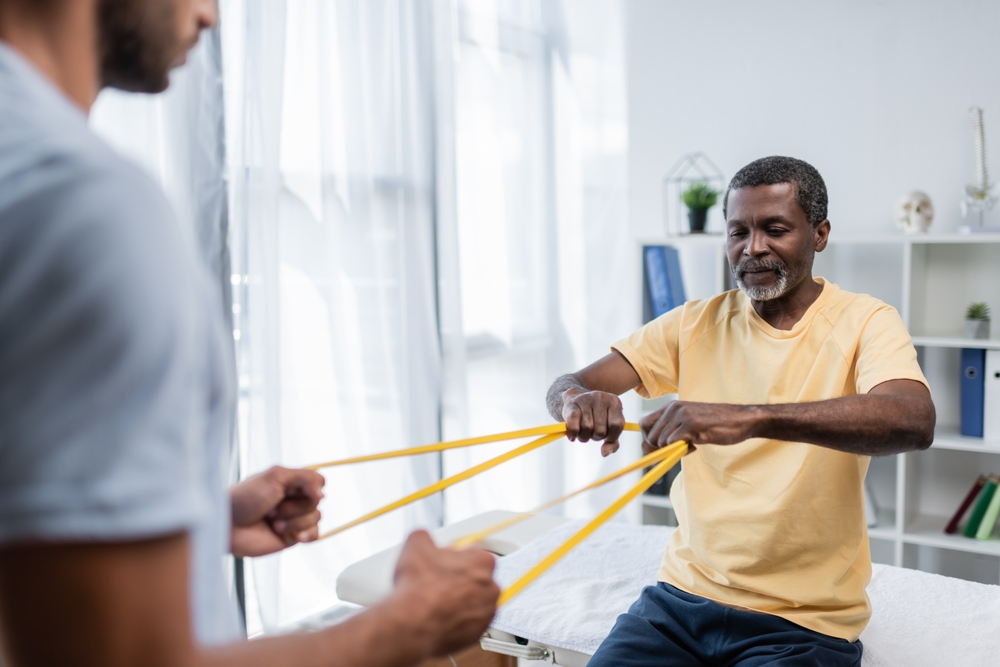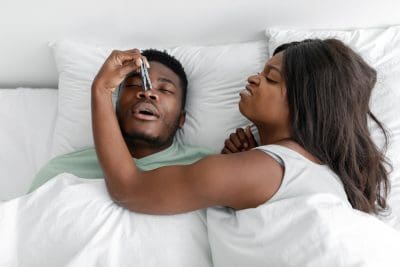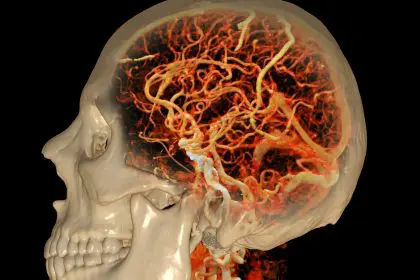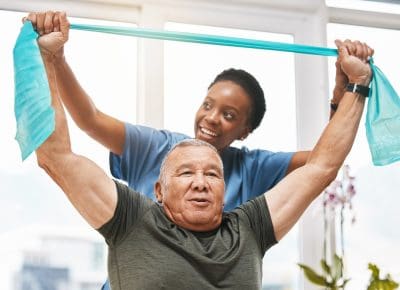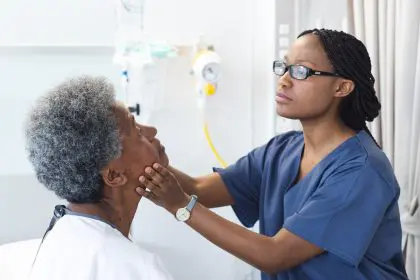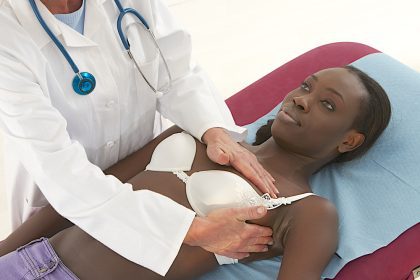Leading rehabilitation specialists share breakthrough techniques that help stroke survivors regain independence, with remarkable success stories of recovery
When Sarah Thompson woke up one morning unable to move her left side, her life changed forever. Now, two years later, she walks confidently through her local park, sharing her recovery journey with other stroke survivors. Her story represents hope for the nearly 800,000 Americans who experience a stroke each year, demonstrating that recovery isn’t just possible—it’s happening every day through innovative rehabilitation approaches.
Understanding the impact of stroke on movement
Recent research from the National Stroke Association reveals that stroke remains the leading cause of long-term disability in America. However, neuroplasticity—the brain’s remarkable ability to reorganize and form new neural connections—offers hope for recovery. Medical experts now understand that the brain can adapt and rewire itself, even years after a stroke occurs.
The science behind stroke recovery
The human brain possesses an extraordinary capacity for healing and adaptation. When stroke damages one area, other regions can sometimes take over those functions through dedicated rehabilitation. This process, known as neurological reorganization, forms the foundation of modern stroke recovery programs.
Revolutionary approaches in physical therapy
Modern physical therapy for stroke recovery has evolved significantly beyond traditional exercise routines. Today’s approaches incorporate cutting-edge technology and evidence-based techniques that maximize recovery potential.
Constraint-induced movement therapy has emerged as a groundbreaking technique. This approach involves restricting the unaffected limb while intensively training the affected one, forcing the brain to relearn movement patterns. Studies show that this method can significantly improve upper limb function, even years after a stroke.
Virtual reality systems now play an increasingly important role in rehabilitation. These interactive programs create engaging environments that motivate patients while providing real-time feedback on their progress. Research indicates that VR-enhanced therapy can improve balance and walking ability more effectively than traditional methods alone.
Innovative occupational therapy techniques
Occupational therapy has undergone a revolution in recent years, incorporating new technologies and approaches that help stroke survivors regain independence in daily activities. Advanced robotics now assist with fine motor training, while smart home technology provides new opportunities for independent living.
Therapists now utilize task-specific training, focusing on real-world activities that matter most to each individual. This personalized approach helps patients rebuild practical skills while maintaining motivation throughout their recovery journey.
The role of speech and swallowing therapy
Communication and swallowing difficulties often accompany mobility challenges after a stroke. Modern speech therapy programs utilize biofeedback devices and electrical stimulation to strengthen oral muscles and improve swallowing function. These techniques have shown remarkable success in helping patients regain their ability to eat and drink safely.
Breakthrough assistive technologies
The field of assistive technology has experienced unprecedented advancement. New devices ranging from lightweight carbon fiber braces to brain-computer interfaces are transforming possibilities for stroke survivors.
Exoskeleton technology, once confined to research laboratories, now helps patients relearn walking patterns. These wearable robots provide precise support and feedback, allowing for more intensive and effective gait training.
Smart home systems, controlled through voice commands or simple gestures, enable greater independence. These technologies adapt to each user’s abilities, providing customized support for daily activities.
The crucial role of mental health support
Recovery extends beyond physical rehabilitation. Mental health professionals specializing in stroke recovery now recognize the profound impact of emotional well-being on physical progress. Support groups incorporating both in-person and virtual meetings provide essential connection and encouragement.
Nutrition and lifestyle factors in recovery
Recent research highlights the critical role of nutrition in stroke recovery. Anti-inflammatory diets rich in omega-3 fatty acids, antioxidants, and lean proteins support brain healing and muscle recovery. Exercise physiologists work alongside nutritionists to develop comprehensive wellness plans that optimize recovery potential.
Home modification strategies
Creating an enabling environment proves crucial for successful rehabilitation. Home modification experts now use 3D modeling technology to design spaces that support independence while maintaining safety. These modifications range from simple grab bar installations to complete room reorganizations that facilitate movement and daily activities.
The power of community support
Community-based rehabilitation programs have shown remarkable success in supporting long-term recovery. These programs combine exercise classes, skill-building workshops, and social activities to create comprehensive support networks for stroke survivors.
Alternative and complementary therapies
Many stroke survivors find additional benefit from complementary therapies such as acupuncture, aquatic therapy, and mindfulness practices. While these approaches shouldn’t replace traditional rehabilitation, they often provide valuable support for overall recovery.
The future of stroke rehabilitation
Emerging technologies promise even more advanced recovery options. Brain stimulation techniques, stem cell therapies, and artificial intelligence-driven rehabilitation programs are currently under development, offering hope for enhanced recovery outcomes in the future.
Understanding the recovery timeline
Recovery progresses differently for each individual, but research shows that intensive rehabilitation in the first six months after stroke yields significant results. However, improvement can continue for years with dedicated effort and appropriate support.
Financial considerations and resources
Navigating the financial aspects of stroke recovery challenges many families. Insurance specialists and social workers now play crucial roles in rehabilitation teams, helping families access necessary resources and support services.
The importance of caregiver support
Caregivers require support and education to effectively assist in the recovery process. Modern rehabilitation programs include comprehensive caregiver training and support services, recognizing the vital role family members play in successful recovery.
Hope for continued progress
While stroke recovery presents significant challenges, modern rehabilitation approaches offer more opportunities for recovery than ever before. Through combination of traditional therapies, innovative technologies, and comprehensive support systems, stroke survivors can work toward reclaiming their independence and quality of life.
The journey of stroke recovery continues to evolve as new research and technologies emerge. For survivors like Sarah Thompson, these advances offer not just hope, but tangible paths toward recovery and renewed independence.

